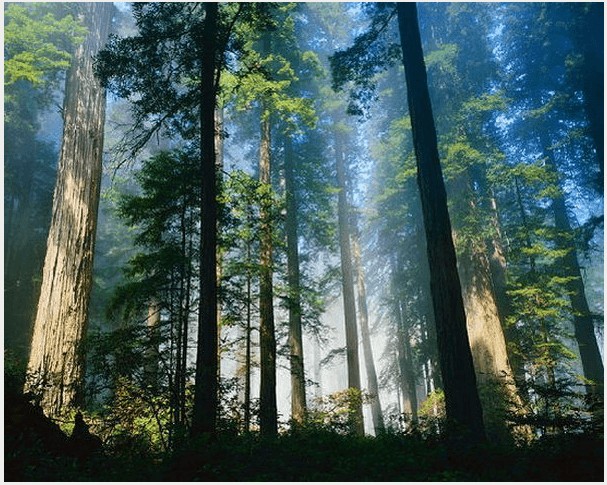The-FLARE-On-Challenge-2015/Challenge-8
| You are here | Challenge 8
|
File
Uncompress FE9D3BA1789DC6371105042D80291205.zip (password is "flare") and you will get a file named gdssagh with following properties:
| MD5 | dbeb2a78592b520c5f46aecab454e3c7 |
|---|---|
| SHA1 | d87383f84fae4ed0543115d1d52a42929bbd6151 |
| SHA256 | fdf031e61bbb0413312731f1401a4b0c752f4172711ce32455fc8910c9b31cf2 |
| File type | PE32 executable (console) Intel 80386, for MS Windows |
Analysis
Strings
I usually start with a basic static analysis. The strings command immediately catched my attention. There are strings that seem to be part of a huge base64 block (see ending characters ==):
$ strings gdssagh !This program cannot be run in DOS mode. Rich .text `.rdata @.data iVBORw0KGgoAAAANSUhEUgAAAlgAAAHgCAIAAAD2dYQOAAEAAElEQVR4nIT9b5Ak13UfCp57 8ubNW7eysrOrq6trenp6GoPBcDAcjkCQhGCIhGmQomg/WfbKtGQ7HLbCsbGxX97au/Ei/OHt ft5dvxfvbXgdu7L3xYsNr0PPT6a1WlpS6FESDfFBFAiCIDgYDgaNRqPR6Ompqa6uzs7Kunnz 5smT+6F6QNnWxubExHTU1J+u/HN+f87v3BT/h3/275xbWJdrHQwHcYu1tWfM1O+vMGM2W0Sy U3kochqkAyn1xB3FsZGSAShJVBqbQEIAKKX03jMAAzGQ1hK19M6Wc5HnOTBrrR05u5h3E725 [REMOVED] Zch9p0TCaVlVVdQiYvG+rYmaRu/dXYKz2ayW4K7HWlmVFGNWBBrjKDknqDQR4rwsq/eXb29g CiE8x3xrjYjJ6kNED0d0UhZARVoyBgQR4RFwh6abqhsyYOuCBB5UDWOsFESS8IIqppoOfnbT ljYkuyMi9ZorXEZEIMCmCk0L0lqz1rJi7fAI5izeqT3ICYucOqxWkrd9qBlvdej3Pda+Rpiv cjmTbpGMJdXIIyISAql5IDv7wJ1I9/7zcTH7/JU/fMcR6nsTQyt/2E322P/i/xepIVI4nOLY RQAAAABJRU5ErkJggg==j ExitProcess kernel32.dll printf msvcrt.dll the one who seeks finds...
Decode the base64 block
Let's export these strings to a file:
$ strings gdssagh > strings
And remove the content that is not part of the base64 block:
!This program cannot be run in DOS mode. Rich .text `.rdata @.data iVBORw0KGgoAAAANSUhEUgAAAlgAAAHgCAIAAAD2dYQOAAEAAElEQVR4nIT9b5Ak13UfCp57 [REMOVED] RQAAAABJRU5ErkJggg==j ExitProcess kernel32.dll printf msvcrt.dll the one who seeks finds...
Now, let's try to decode the base64 block:
$ cat strings | tr -d "\n" | base64 -d > file $ file file file: PNG image data, 600 x 480, 8-bit/color RGB, non-interlaced
It's an image that looks like this:
After spending some time on the image, trying to zoom in on different parts of the image to discover something hidden, trying to find a hidden content on the image with an Hex editor, and performing searches on Google, I finally made this assumption that we could have to do with steganography.
Steganography
Identification
zsteg is a great tool to deal with steganography.
Identify pattern (the one with "PE32" looks interesting):
$ zsteg file.png imagedata .. text: "\r\t(%%*,&" b1,r,msb,xy .. file: Applesoft BASIC program data, first line number 64 b1,rgb,msb,xy .. file: PE32 executable (Unknown subsystem 0x1814) Intel 80386, for MS Windows b1,bgr,lsb,xy .. file: GLS_BINARY_LSB_FIRST b2,rgb,msb,xy .. text: "UDDADPAE" b2,bgr,msb,xy .. text: "|IAEQ@DDD" b4,r,msb,xy .. text: "Ab@pT&we-b e" b4,g,msb,xy .. text: "%`$Q\"wTf@" b4,b,msb,xy .. text: "C$qFqgf#0wpq" b4,rgb,msb,xy .. text: "BcrpAPpv#" b4,bgr,msb,xy .. text: "@CrbqP@v s"
Data extraction
Extract data:
$ zsteg -E "b1,rgb,msb,xy" file.png > extracted.exe
Solution
$ strings extracted.exe | head !This program cannot be run in DOS mode. Rich .text `.rdata @.data ExitProcess kernel32.dll printf msvcrt.dll [email protected]
Comments
Keywords: reverse-engineering challenge flare fireeye
